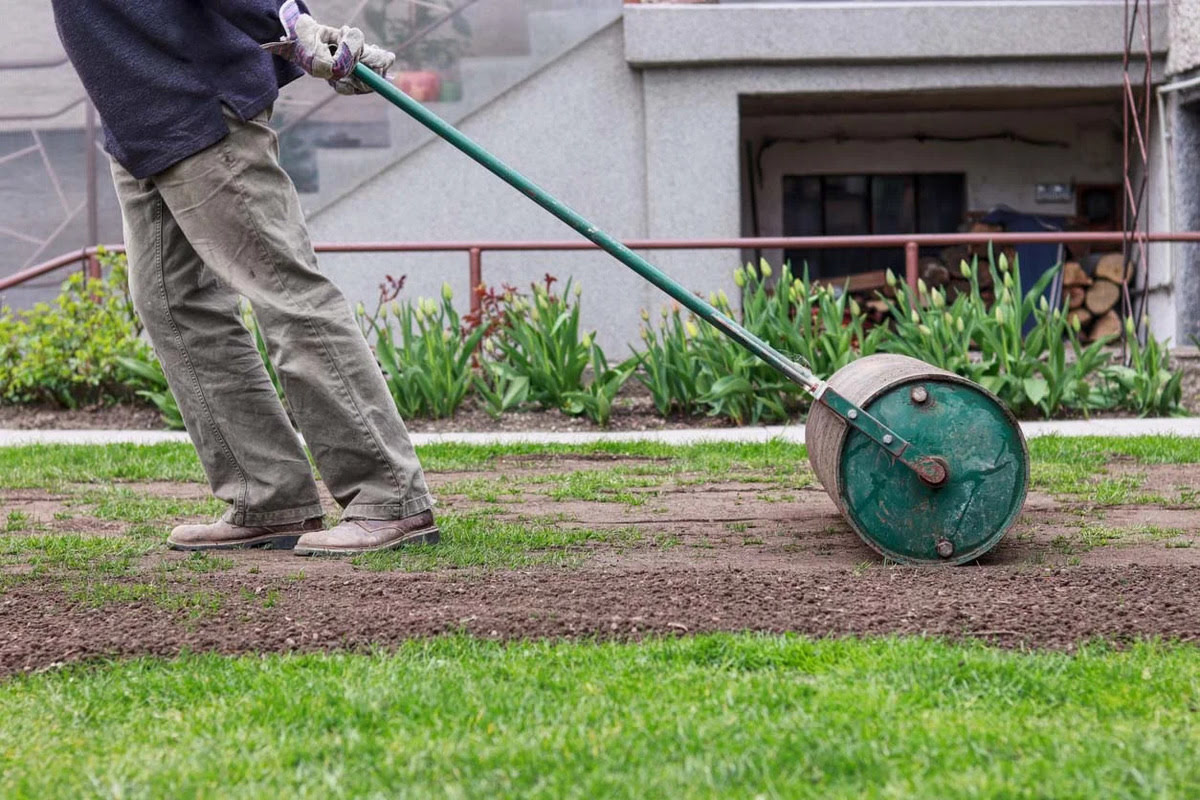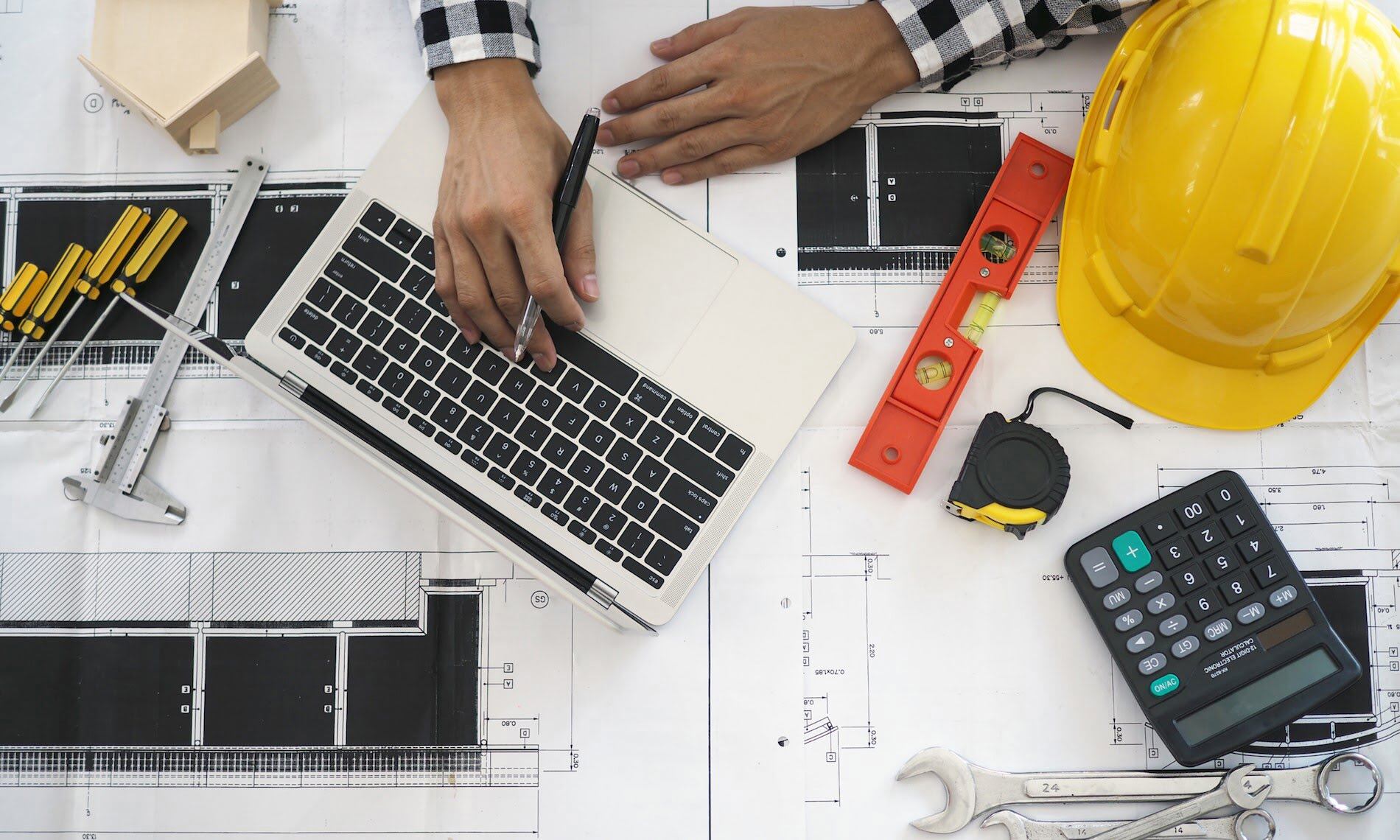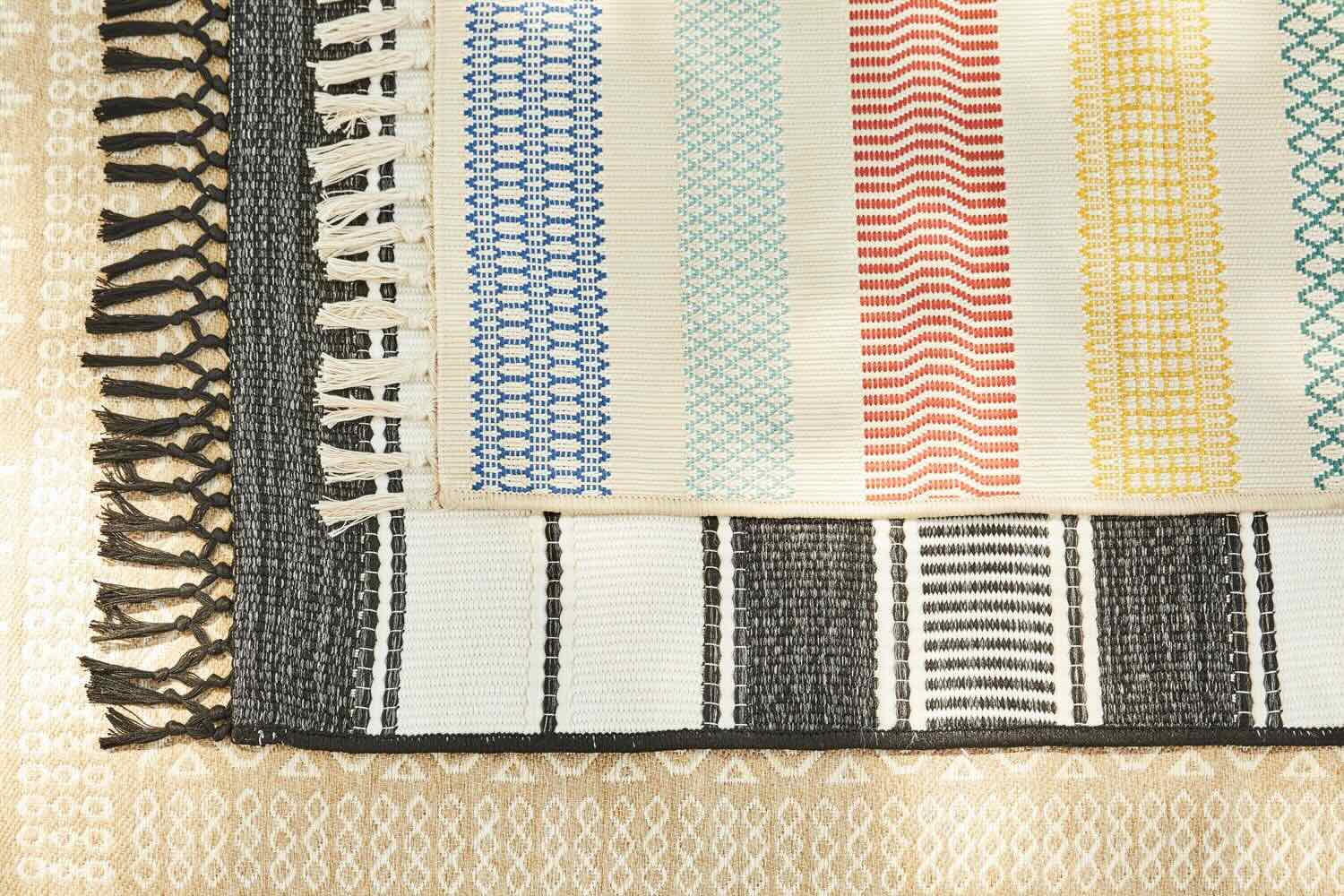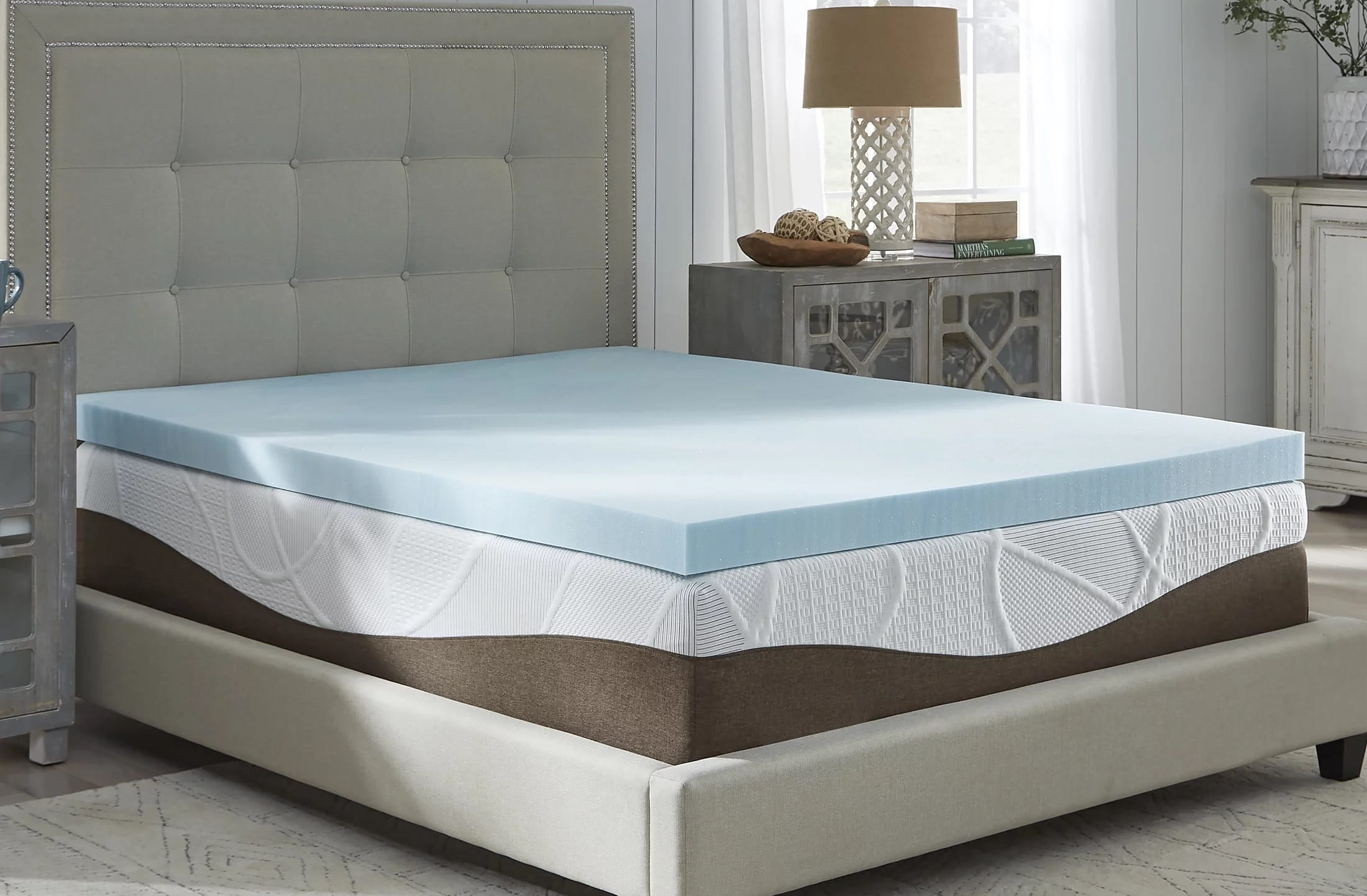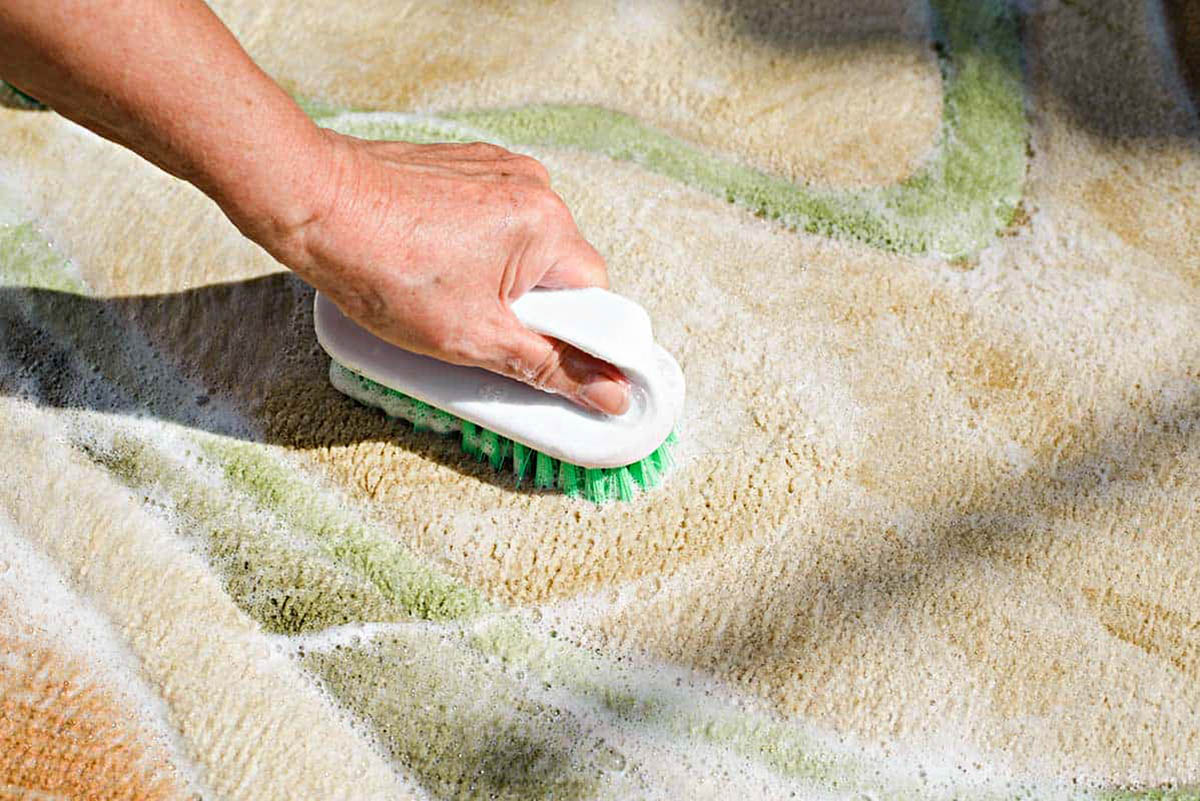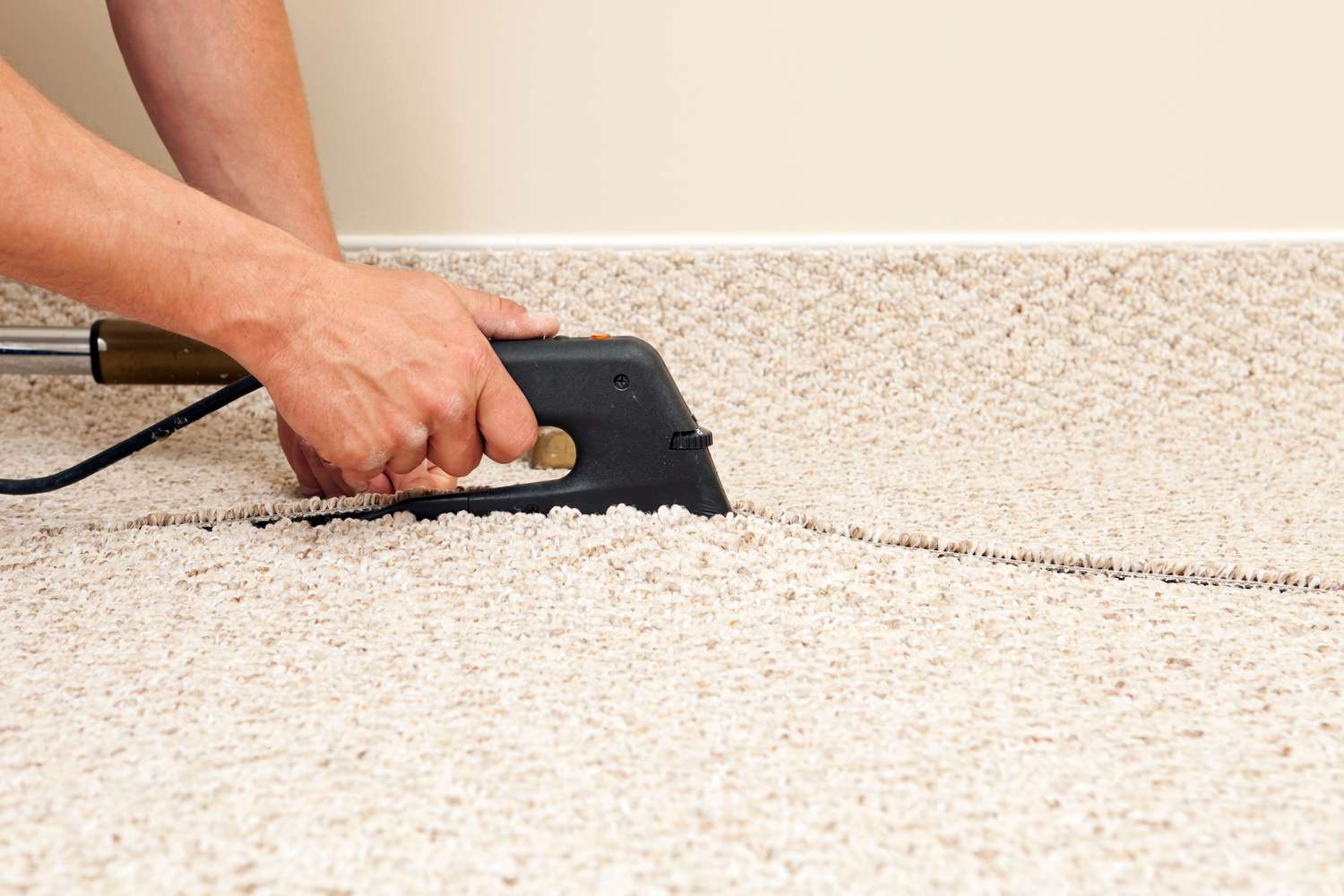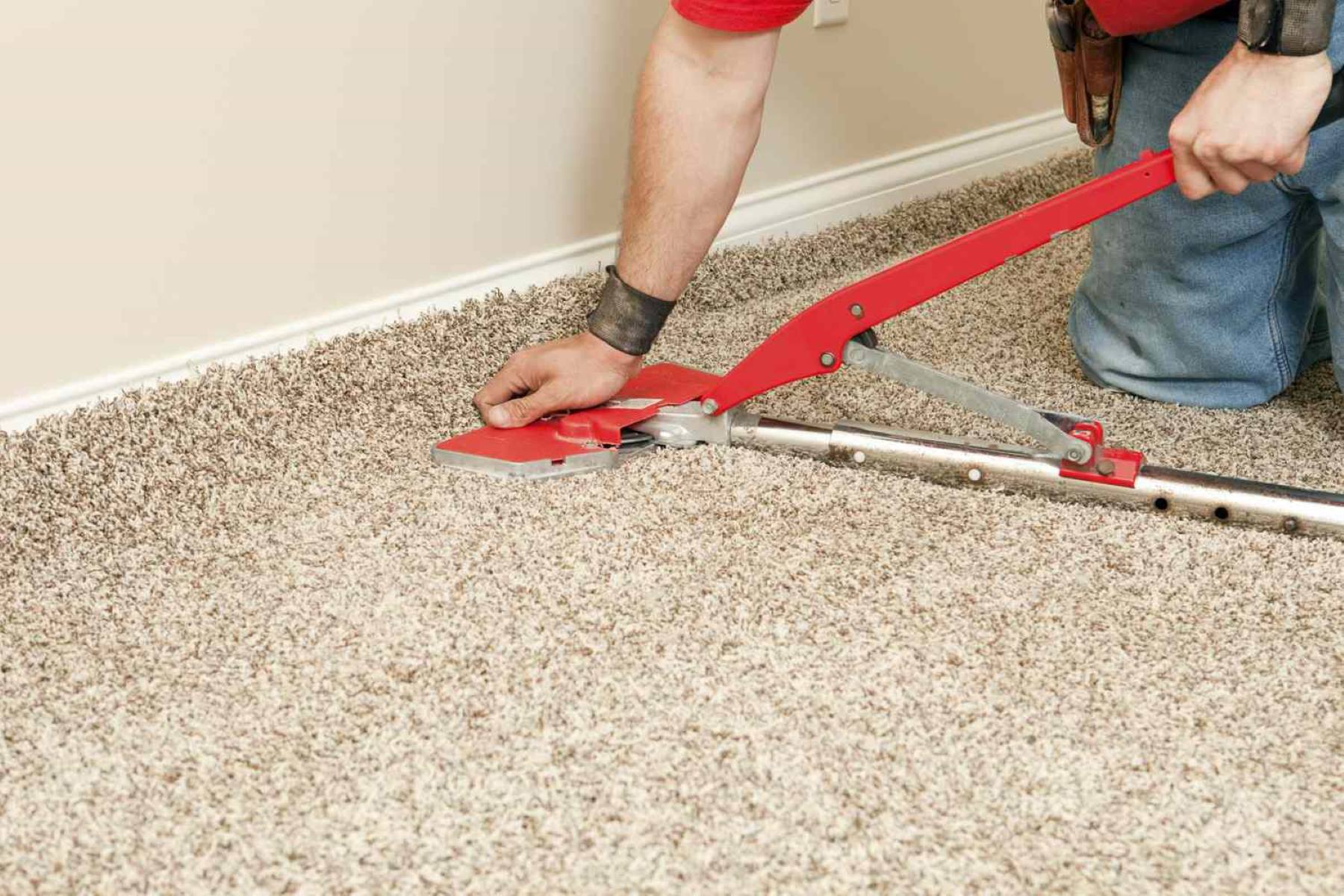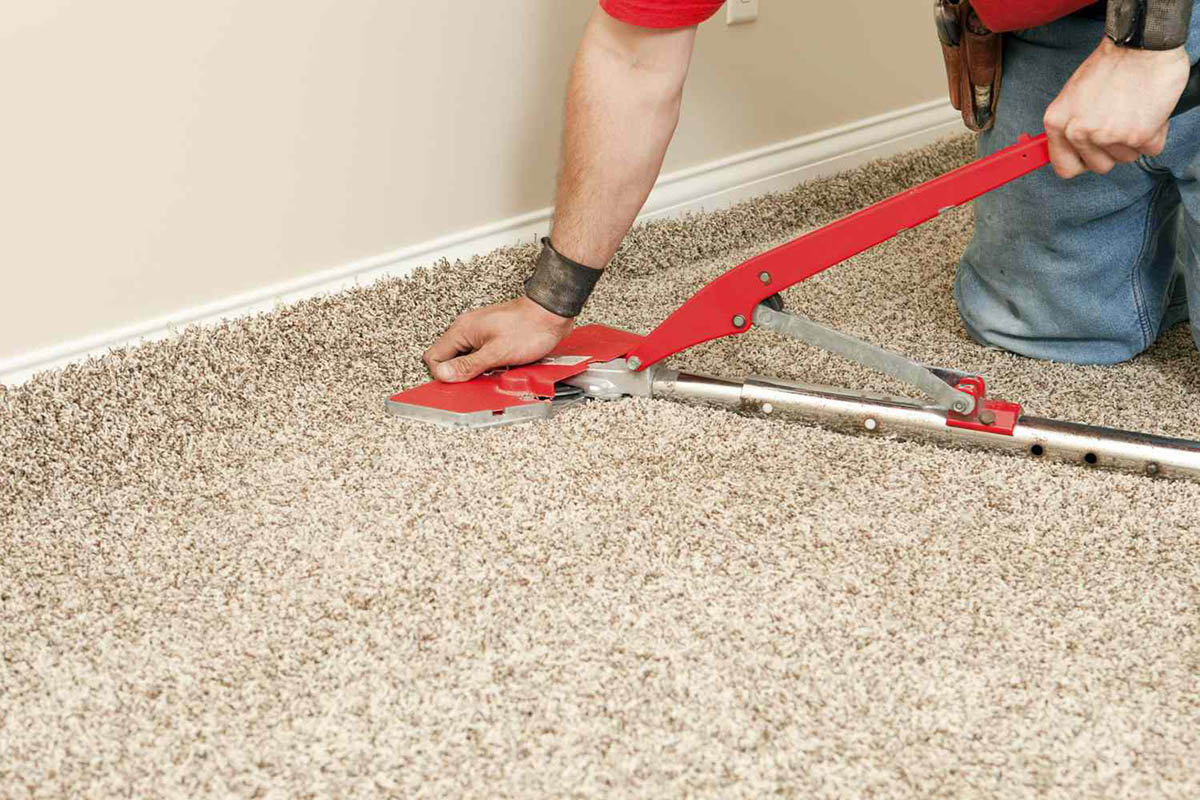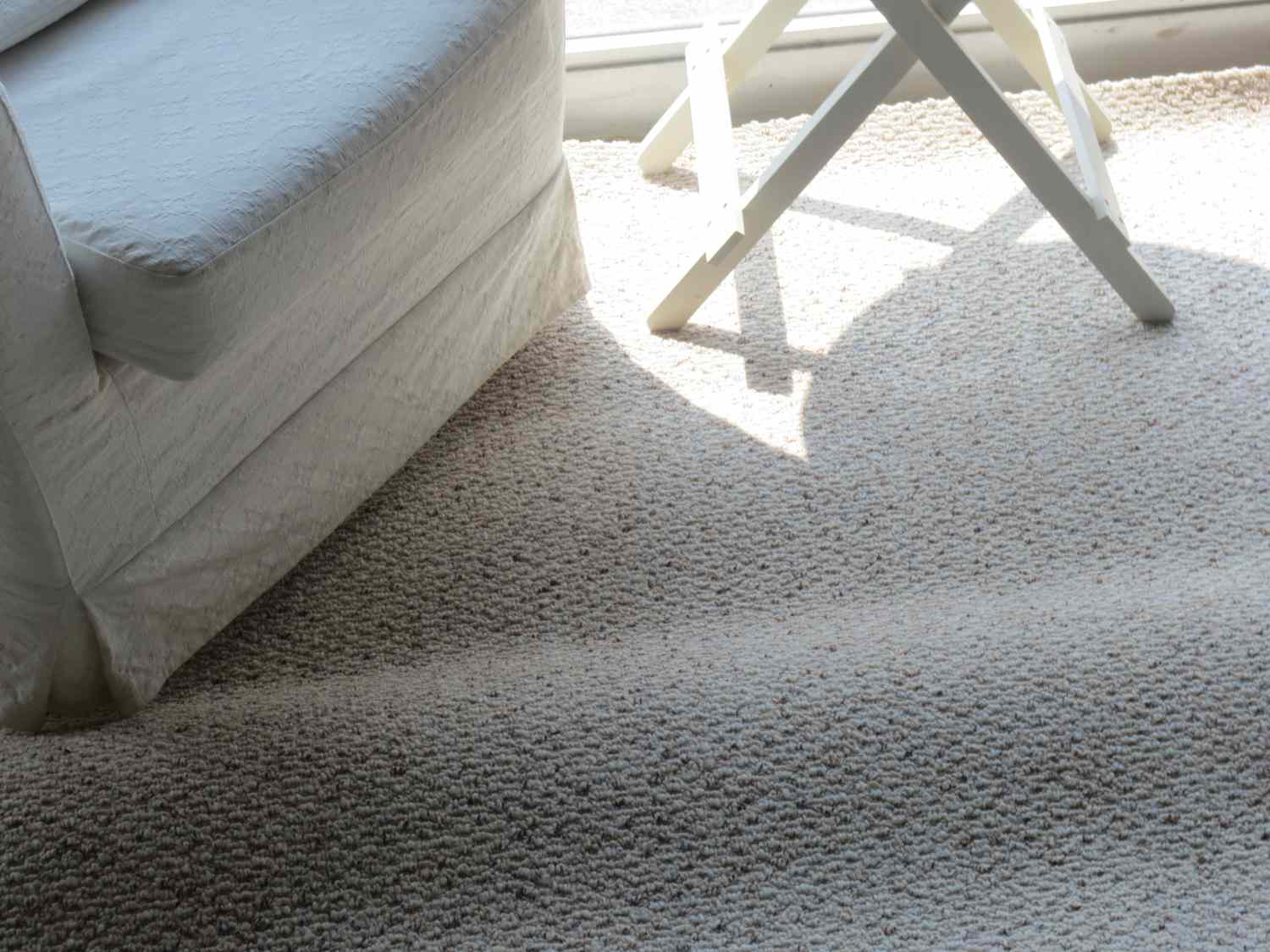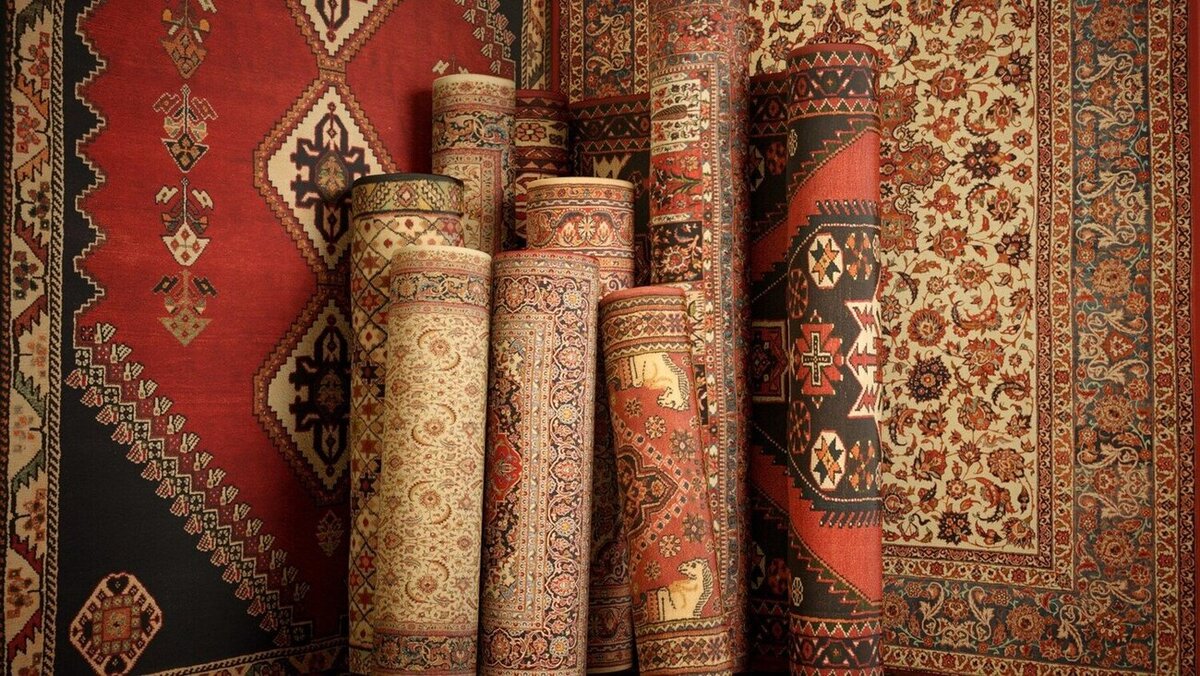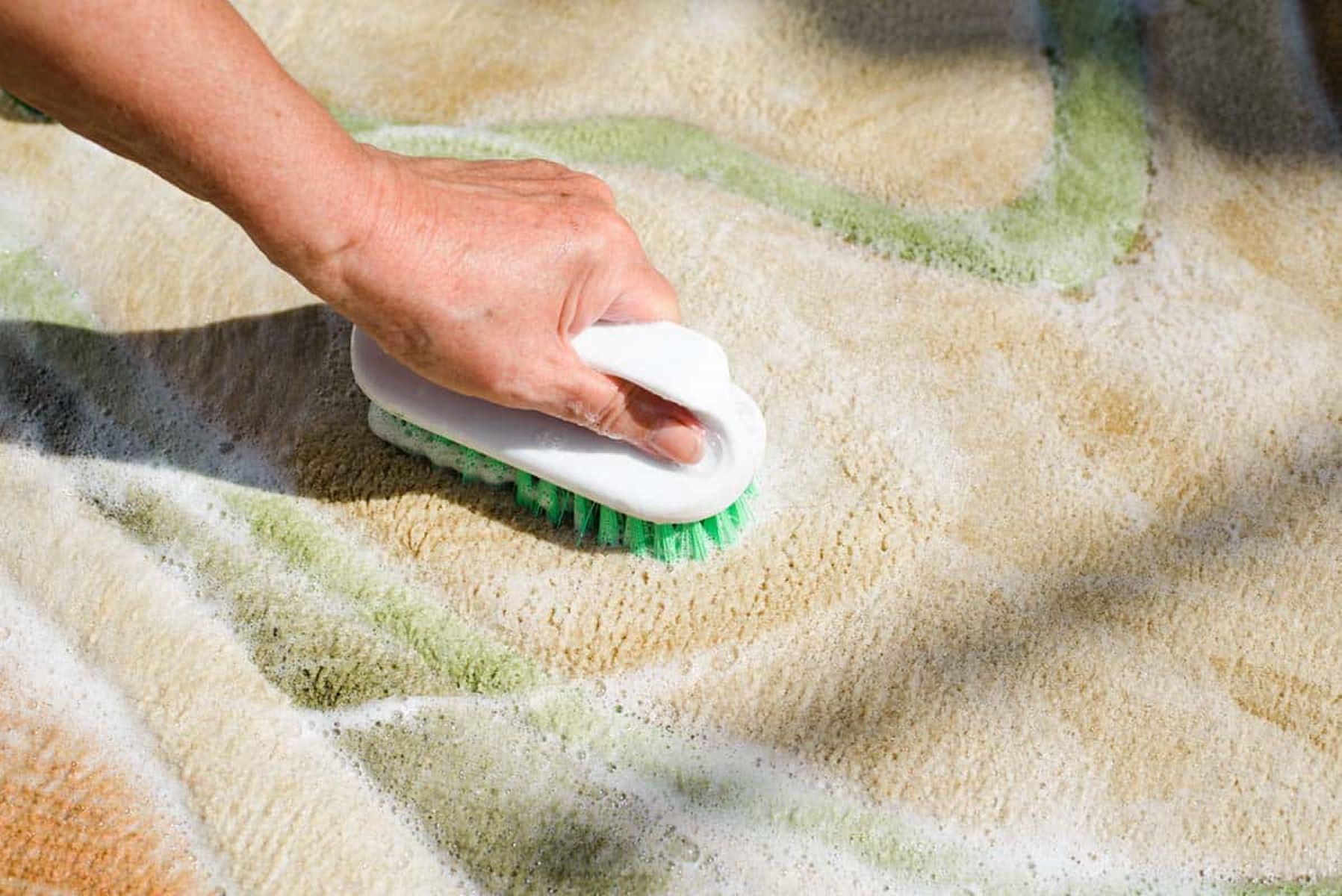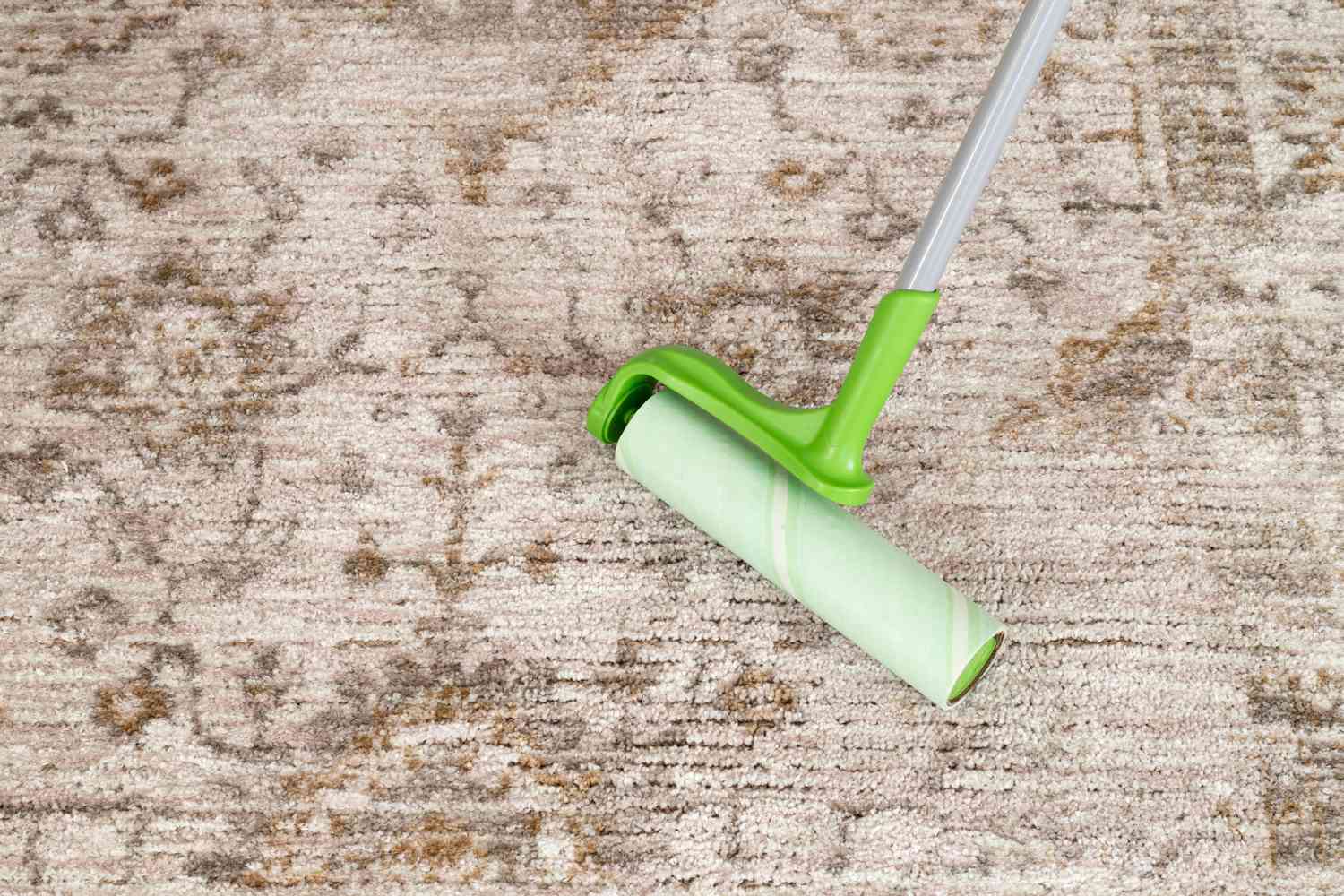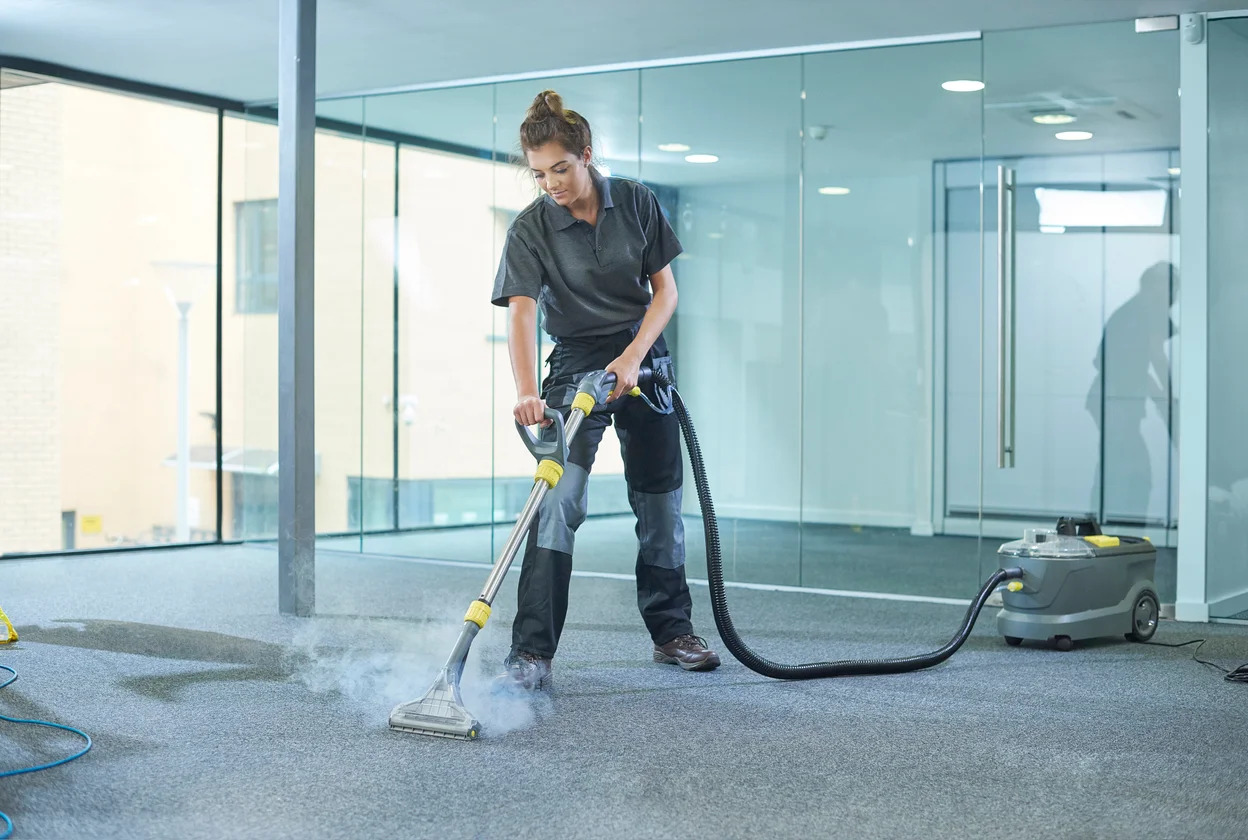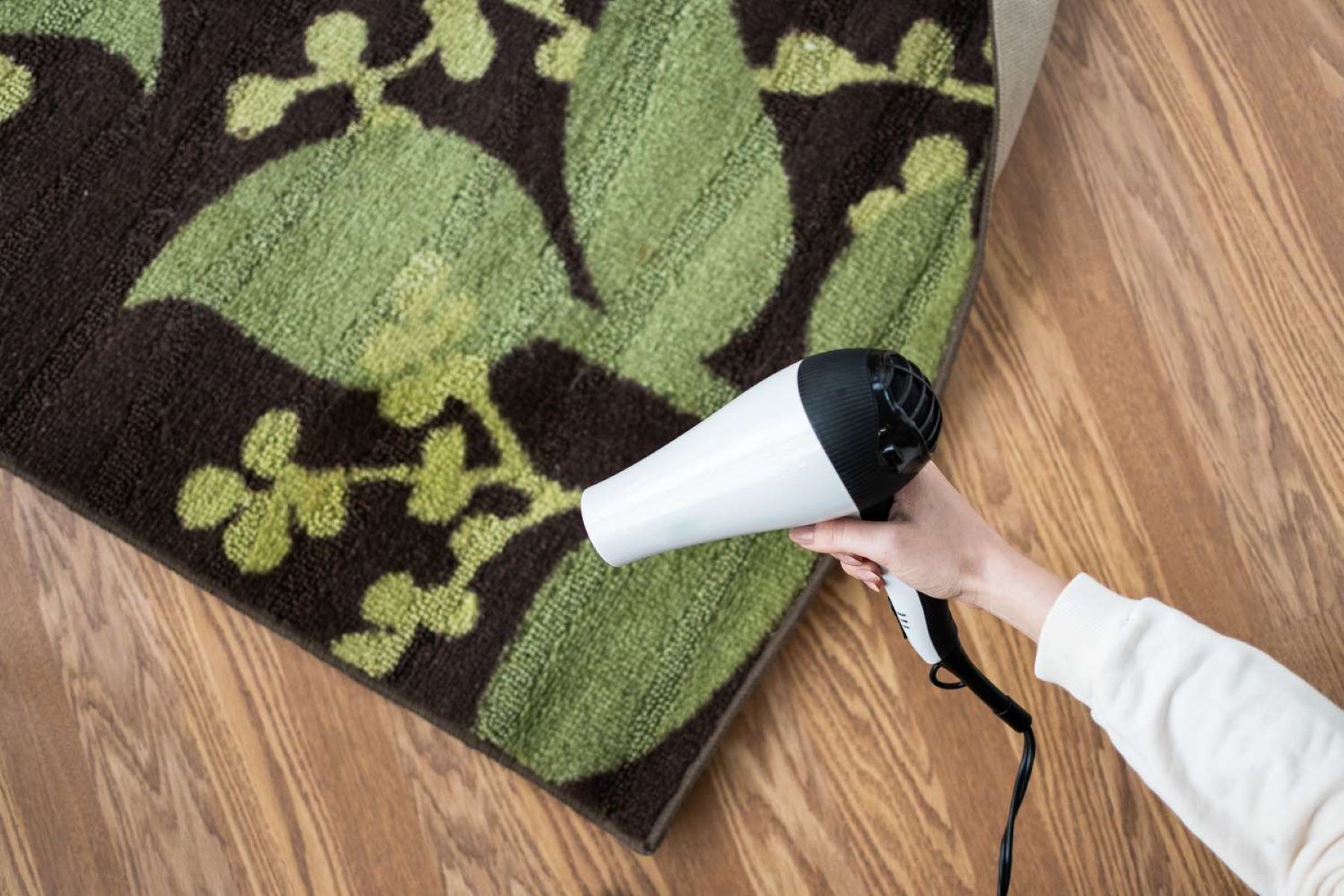

Articles
How To Flatten A Carpet
Modified: August 28, 2024
Learn the best methods and techniques to easily flatten a carpet with our informative articles. Get your carpets looking smooth and even again.
(Many of the links in this article redirect to a specific reviewed product. Your purchase of these products through affiliate links helps to generate commission for Storables.com, at no extra cost. Learn more)
Introduction
Having a carpet that is not lying flat can be both unsightly and a potential tripping hazard. Whether it’s due to furniture indentations, humidity, or poor installation, a carpet that is buckled or wrinkled can be a nuisance. Fortunately, there are several methods you can use to flatten a carpet and restore its smooth appearance.
In this article, we will discuss step-by-step instructions to help you flatten a carpet effectively. By following these simple techniques, you can bring new life to your carpet and create a safer, more appealing living space.
Before we dive into the methods, let’s gather the tools and materials you will need for this project.
Key Takeaways:
- Restore your carpet’s smooth appearance by following step-by-step methods, from clearing the area to using heavy objects, a carpet roller, or steam to flatten wrinkles and buckles.
- Maintain a flat carpet by practicing proper furniture placement, regular cleaning, and controlling humidity levels. Safely replace furniture while ensuring even weight distribution and using protective glides or pads.
Read more: How To Flatten Silverware For Crafts
Tools and Materials Needed
Before you begin the process of flattening your carpet, it’s important to gather the necessary tools and materials. Here’s what you’ll need:
- Heavy objects such as books or weights
- A carpet roller or rolling pin
- A vacuum cleaner
- A steam cleaner or iron (optional)
- Furniture sliders or felt pads
These tools and materials will help you achieve the best results when flattening your carpet. Now that you’ve got everything ready, let’s move on to the step-by-step process.
Step 1: Clear the Area
Before you start flattening your carpet, it’s important to clear the area of any obstacles. Remove any furniture or objects that are on top of the carpet to ensure a smooth and even surface. This will make it easier to work with the carpet and prevent any damage to the furniture during the flattening process.
Clearing the area also allows you to assess the extent of the carpet’s unevenness and identify any areas that require special attention. Take this opportunity to inspect the carpet for any stains, tears, or loose seams that may need to be addressed before proceeding.
Once the area is clear and you’ve inspected the carpet, you’re ready to move on to the next step: removing the furniture.
Step 2: Remove Furniture
Now that you have cleared the area, it’s time to remove the furniture from the carpeted space. This step is crucial as it allows you to work on the carpet without any obstructions and ensures that the weight of the furniture doesn’t interfere with the flattening process.
To remove the furniture, start by lifting any lightweight or small items such as chairs, side tables, or decorations. Place them in a safe location away from the carpeted area to avoid any accidents or damage.
For larger and heavier furniture, it’s recommended to use furniture sliders or felt pads to easily and safely move them. These tools minimize friction between the furniture legs and the carpet, making it easier to slide them without causing any damage to the carpet fibers.
Take your time and carefully move each piece of furniture out of the way. Once the area is clear of all furniture, you can proceed to the next step: vacuuming the carpet.
Step 3: Vacuum the Carpet
Before you start the process of flattening your carpet, it’s essential to give it a thorough vacuuming. Vacuuming not only helps to remove dirt, dust, and debris from the carpet fibers but also allows the carpet to relax and loosen up.
Start by selecting the appropriate setting on your vacuum cleaner depending on the type of carpet you have. If your carpet is pile or shag, use a high-pile or carpet setting. For low-pile or looped carpets, use a lower setting to avoid damaging the fibers.
Begin the vacuuming process by slowly moving the vacuum cleaner across the entire surface of the carpet. Pay attention to any areas that may have more dirt or debris buildup, such as high-traffic areas or near entrances. Use a back-and-forth motion and overlap each pass to ensure thorough cleaning.
In addition to removing dirt, vacuuming helps to fluff up the carpet fibers, making them more receptive to the flattening techniques that will be applied in the following steps.
Once you have thoroughly vacuumed the carpet, it’s time to move on to step 4: determining the flattening method that is best suited for your specific carpet issue.
Read more: How To Flatten A Glass Bottle
Step 4: Determine the Method
After vacuuming the carpet, it’s time to assess the extent and nature of the carpet’s unevenness. Depending on the cause of the carpet’s wrinkles or buckling, you may need to employ different methods to flatten it effectively. Here are a few common scenarios and the corresponding methods:
- Furniture Indentations: If the carpet has indentations from heavy furniture that were left in place for a long time, the best approach is to use heavy objects to help the carpet regain its shape.
- Humidity or Moisture: If the carpet has become wrinkled or buckled due to humidity or moisture, utilizing a carpet roller or applying heat can help to relax and flatten the fibers.
- Poor Carpet Installation: If the carpet was poorly installed and has visible waves or buckling throughout, the best solution may be to call a professional carpet installer to properly stretch and re-install the carpet.
Once you’ve determined the specific issue with your carpet, you can proceed to the appropriate method in the next steps. Remember, it’s important to choose the method that is most suitable for your carpet to achieve the best results.
In the next steps, we will explore the methods for flattening a carpet, which may involve using heavy objects, a carpet roller, steam, or heat. Follow along with the method that matches your specific carpet issue.
Use a heavy object, like books or furniture, to weigh down the curled edges of the carpet. Leave it for a few hours or overnight to help flatten it out.
Step 5: Use Heavy Objects
If your carpet has unsightly indentations from heavy furniture that was left in place for a long time, using heavy objects can help to flatten those areas. Here’s how you can use this method:
- Identify the furniture indentations: Take a close look at the carpet and locate the areas where the furniture has left noticeable indentations.
- Place heavy objects on the indentations: Choose heavy objects such as books, weights, or similar items. Place them on the indentations, ensuring that they cover the entire affected area.
- Let the objects sit for a few hours or overnight: Allow the weight of the objects to press down on the carpet fibers and gradually help them regain their original shape. The longer you leave the objects in place, the better the results.
- Remove the objects and check the progress: After the designated time has passed, carefully remove the heavy objects. Inspect the carpet to see if the indentations have significantly reduced or disappeared. If needed, repeat the process with lighter objects or for a longer duration.
Using heavy objects is an effective method to gradually flatten carpet indentations. However, keep in mind that this method works best for short-pile carpets. If you have a high-pile carpet or the indentations are deep, you may need to explore other methods.
Now that you’ve utilized heavy objects to flatten the indentations, you can move on to the next step: using a carpet roller.
Step 6: Use a Carpet Roller
If your carpet has wrinkles or buckles that are not caused by furniture indentations, using a carpet roller can help to flatten and smooth out the affected areas. Follow these steps to effectively use a carpet roller:
- Obtain a carpet roller: Purchase or rent a carpet roller from a local hardware store. A carpet roller typically consists of a handle and a rolling pin-like attachment.
- Start at one end of the carpet: Begin at one end of the carpet and firmly press the roller against the wrinkles or buckles.
- Roll the carpet roller: Apply steady pressure as you roll the carpet roller over the affected areas. The rolling action helps to stretch and flatten the carpet fibers.
- Work towards the opposite end of the carpet: Continue rolling the carpet roller across the length of the wrinkles or buckles, gradually working your way towards the opposite end of the carpet.
- Repeat the process if necessary: If the wrinkles or buckles persist, repeat the rolling process, focusing on those areas until the carpet becomes noticeably smoother.
Using a carpet roller can be an effective method for tackling minor wrinkles or buckles in your carpet. However, it’s important to use consistent pressure and to roll in a steady, controlled manner to avoid damaging the carpet fibers.
Now that you’ve successfully used a carpet roller, you can explore the next step: utilizing steam or heat to flatten the carpet.
Step 7: Utilize Steam or Heat
If your carpet has wrinkles or buckles caused by humidity or moisture, utilizing steam or heat can help relax the carpet fibers and flatten the affected areas. Here’s how you can effectively use steam or heat:
- Gather a steam cleaner or an iron: Depending on the tools you have available, you can either use a steam cleaner or a regular household iron.
- Prepare the steam cleaner or iron: If using a steam cleaner, fill it with water and allow it to heat up according to the manufacturer’s instructions. If using an iron, set it to the lowest heat setting without steam.
- Apply steam or heat to the wrinkles or buckles: Hold the steam cleaner nozzle or the iron a few inches above the affected areas, and slowly move it back and forth. The steam or heat will help to relax the carpet fibers and make them more pliable.
- Use a carpet rake or your hands: After applying steam or heat, use a carpet rake or your hands to gently smooth out the wrinkles or buckles, working in the direction of the carpet’s pile.
- Allow the carpet to dry: Once you’ve successfully flattened the affected areas, allow the carpet to dry completely before walking or placing furniture on it. This will ensure that the carpet retains its flattened state.
Utilizing steam or heat can be an effective method to flatten a carpet that has been affected by humidity or moisture. However, exercise caution when using heat sources to prevent accidentally damaging the carpet fibers.
Now that you’ve utilized steam or heat to flatten the carpet, you can move on to the next step: keeping the carpet flat.
Read more: How To Flatten Board With Hand Tools
Step 8: Keep the Carpet Flat
After you have successfully flattened the carpet, it’s important to take steps to keep it flat and prevent future wrinkles or buckles from forming. Here are some tips to help you maintain a flat carpet:
- Ensure proper installation: If the carpet was poorly installed or has a history of frequent wrinkling, it may be necessary to have it professionally re-stretched and re-installed. This will help ensure a flat and smooth surface.
- Use furniture glides or felt pads: When placing furniture back on the carpet, consider using furniture glides or felt pads under the legs. These protect the carpet from indentation and make it easier to move furniture without causing damage or creating new wrinkles.
- Regularly vacuum and clean: Keep your carpet clean and free from debris by regularly vacuuming and deep cleaning it as needed. This helps to prevent dirt and dust buildup, which can contribute to carpet wrinkling over time.
- Control humidity levels: If your carpet is susceptible to moisture-related wrinkling, consider using a dehumidifier to control the humidity levels in the room. Keeping the humidity within recommended levels can help prevent excessive carpet expansion or contraction.
- Address spills and stains promptly: Accidental spills and stains should be cleaned up promptly to prevent moisture from seeping into the carpet fibers and causing wrinkling. Blot the affected area with a clean cloth or use a carpet cleaner to remove the stain.
By following these preventative measures, you can help keep your carpet flat and in optimal condition for years to come. Remember, regular maintenance and mindful furniture placement are key to maintaining a smooth and wrinkle-free carpet.
Now that you’ve learned how to keep the carpet flat, you’re ready to move on to the final step: replacing the furniture.
Step 9: Replace the Furniture
Now that you have successfully flattened the carpet and taken the necessary steps to maintain its flatness, it’s time to place the furniture back in the room. Here are some tips to ensure a safe and smooth process:
- Plan the furniture placement: Before moving any furniture back onto the carpet, take a moment to plan the layout. Consider the traffic flow, balance of the room, and the weight distribution on the carpet.
- Use furniture sliders or felt pads: To prevent future indentations, place furniture sliders or felt pads under the legs of heavier furniture pieces. These will reduce friction and make it easier to move furniture without causing damage or creating new wrinkles.
- Be mindful of weight distribution: Distribute the weight of the furniture evenly across the carpet. Avoid concentrating heavy pieces in one area, as this can lead to the carpet becoming uneven or developing new wrinkles over time.
- Take precautions when moving furniture: When moving furniture onto the carpet, enlist the help of others to avoid straining yourself or damaging the carpet. Lift carefully and use proper techniques to prevent injuries.
- Inspect the carpet after placement: Once the furniture is in place, inspect the carpet to ensure that it remains flat and smooth. If any new wrinkles or indentations are visible, address them promptly by repeating the appropriate flattening method.
By following these steps, you can safely and effectively return the furniture to the room while preserving the flatness of the carpet. Remember to be mindful of weight distribution and take precautions to avoid damaging the carpet during the furniture placement process.
Congratulations! You have successfully flattened your carpet and restored its smooth appearance. By following these steps and practicing proper maintenance, you can enjoy a flat and appealing carpet for years to come.
Remember, if you encounter persistent carpet issues or have concerns about the condition of your carpet, it’s always a good idea to consult with a professional carpet installer or cleaner for further assistance.
Thank you for reading, and we hope this guide has been helpful in your journey to flatten your carpet!
Conclusion
Flattening a carpet that has wrinkles, buckles, or indentations not only improves its appearance but also enhances the safety and functionality of your living space. By following the step-by-step methods outlined in this guide, you can effectively flatten your carpet and restore its smoothness.
Starting with clearing the area and removing furniture, you can create a clean and unobstructed space to work with. Vacuuming the carpet helps to remove dirt and loosen the fibers. Determining the specific issue with your carpet will guide you to choose the most appropriate method for flattening it.
Using heavy objects is ideal for indentations caused by furniture, while a carpet roller works well for wrinkles and buckles. Utilizing steam or heat is effective for moisture-related issues. Throughout the process, it’s crucial to keep the carpet flat and maintain it by practicing proper furniture placement, regular cleaning, and controlling humidity levels.
Finally, in this last step, you can safely replace the furniture, ensuring even weight distribution and using protective glides or pads to prevent future damage. By following these steps and incorporating these preventative measures, you can enjoy a flat and visually appealing carpet for years to come.
Remember, each carpet may have unique characteristics and requirements, so it’s essential to assess the condition of your carpet and choose the methods that best suit your specific needs. When in doubt, consult with professionals for further guidance or assistance.
We hope this guide has provided you with valuable insights and practical tips to effectively flatten your carpet. With patience and perseverance, you can achieve a beautifully flat and smooth carpet, transforming your living space into a more comfortable and visually pleasing environment.
Thank you for reading, and happy carpet flattening!
Frequently Asked Questions about How To Flatten A Carpet
Was this page helpful?
At Storables.com, we guarantee accurate and reliable information. Our content, validated by Expert Board Contributors, is crafted following stringent Editorial Policies. We're committed to providing you with well-researched, expert-backed insights for all your informational needs.
